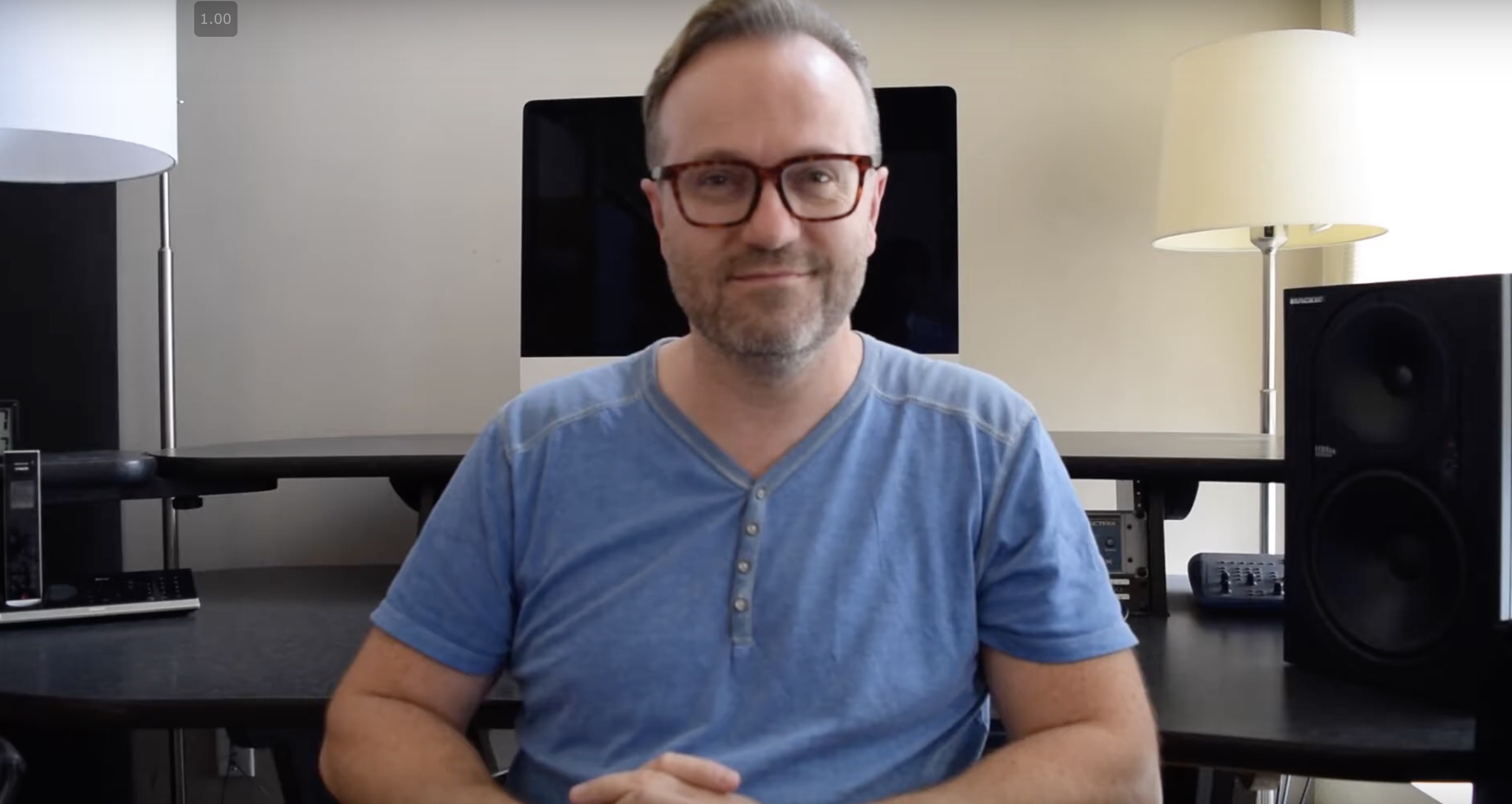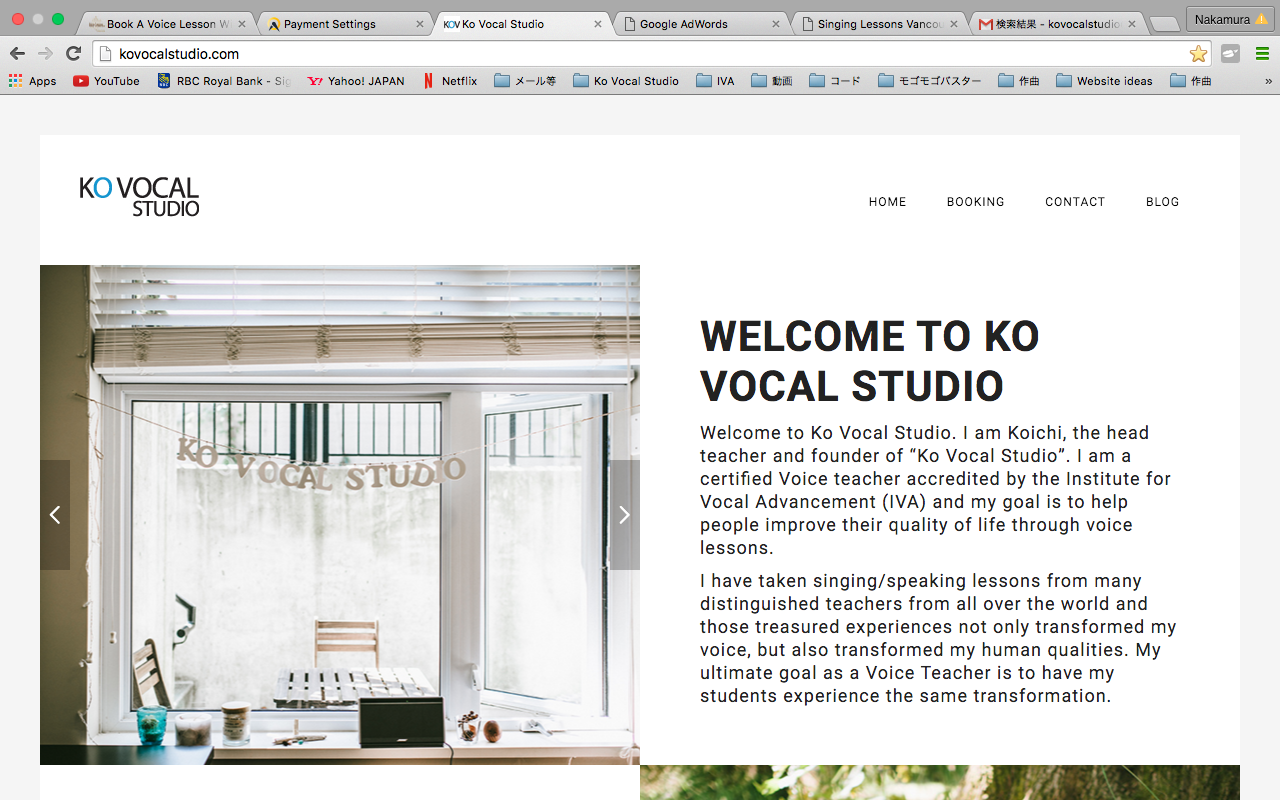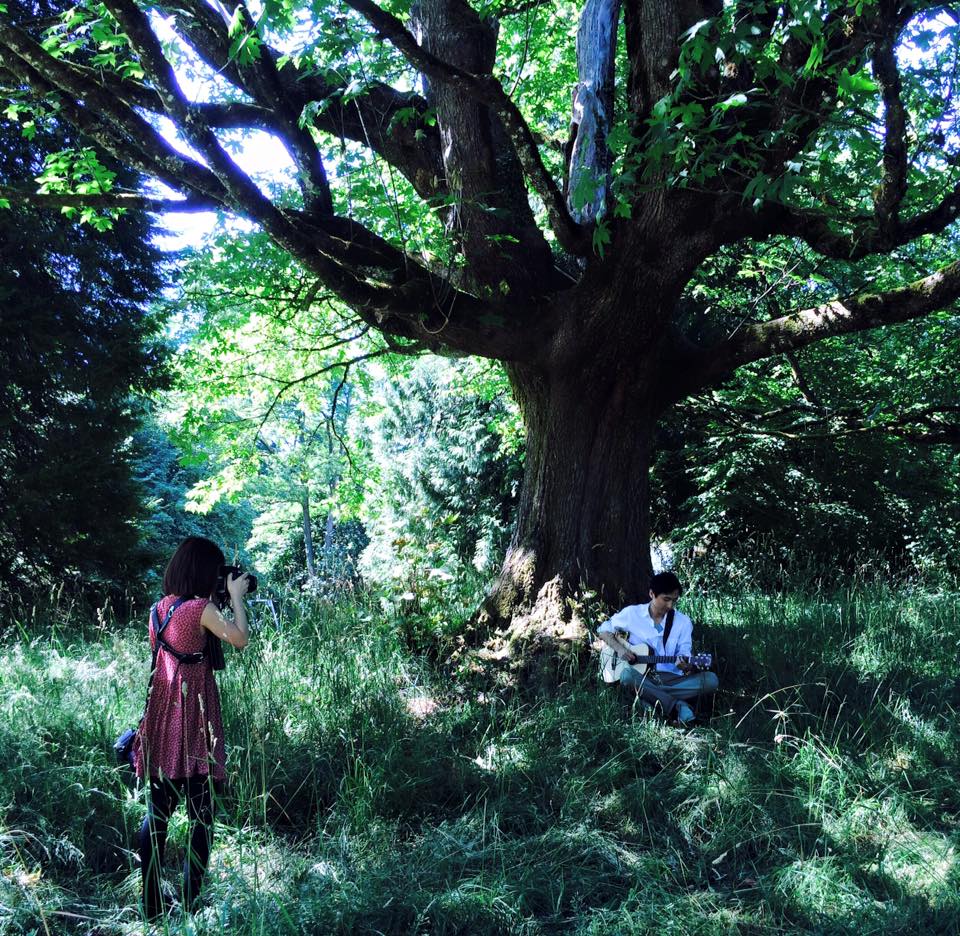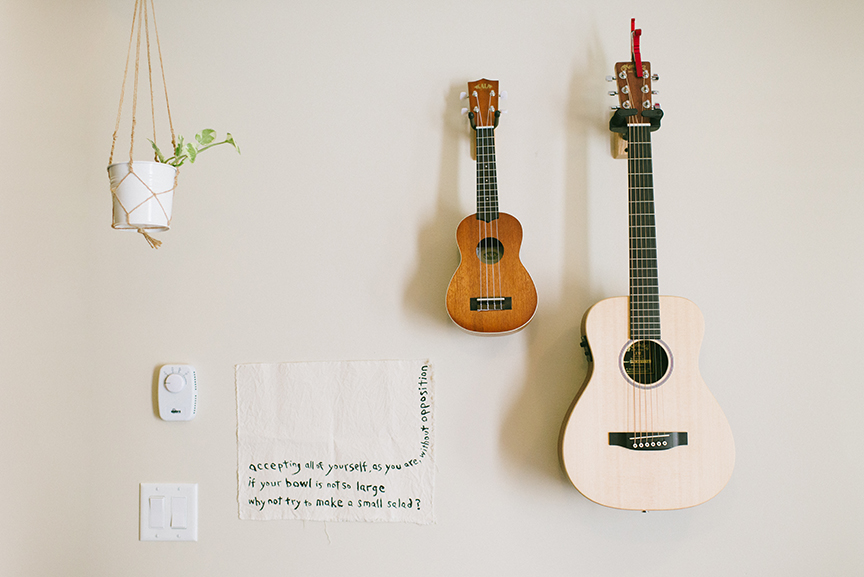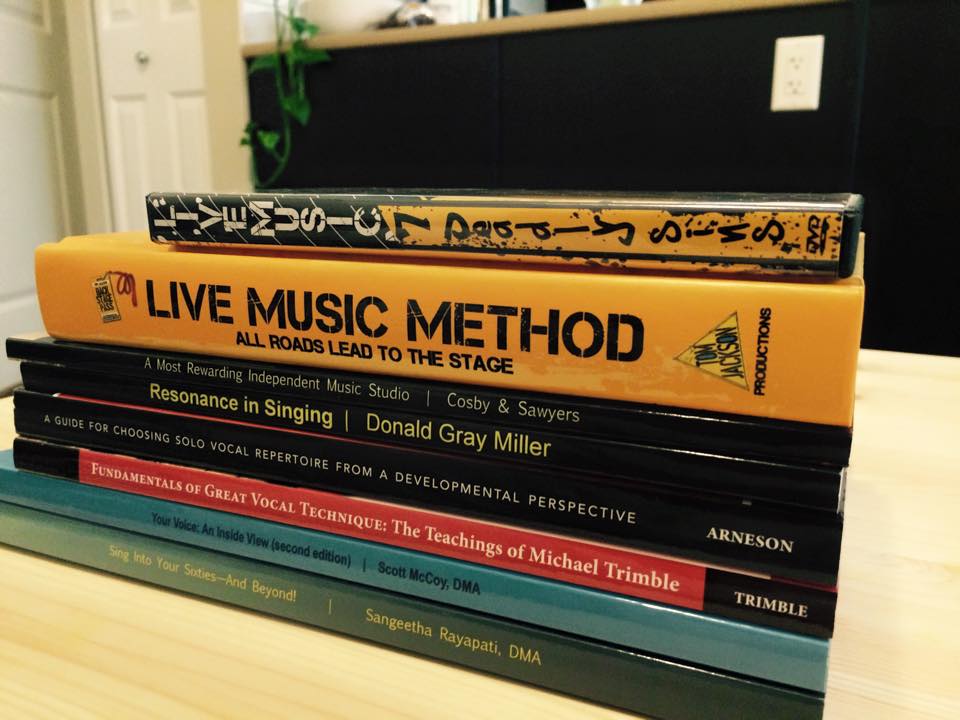Blog-How to sing Japanese songs explained by Native Japanese Vocal Coach
As anime and J-Pop have become popular in the past decade, singing Japanese songs is becoming very popular around the world. Many singers are covering anime songs on YouTube and many V-tubers, who have a virtual online avatar, sing Japanese songs on their live stream on Twitch.
In this article, native Japanese vocal coach, Ko will explain tips on how to sing your favourite Japanese songs even if you do not speak or read Japanese.
- Learn how to read Romaji
If you had a chance to learn even a little bit of Japanese, you may have heard that there are three different characters in Japanese, which are Hiragana, Katakana, and Kanji. Being able to speak and understand the language will give you a certain advantage when it comes to singing Japanese songs such as understanding the meaning of the lyrics and putting your emotion into singing Japanese songs. However, mastering a language will take years and years of practice, so there is an alternative solution for you. The solution is to learn how to read Romaji.
Romaji is a romanization of the Japanese written language, which helps you to read Japanese using the English alphabet, so if you know how to read the alphabet, you can learn to read Japanese lyrics using the English alphabet easily. It’s been said that almost 80% of Japanese sounds are also available in English, so being able to sing in Japanese shouldn’t be too hard if you speak English. However, there are a few letters in Romaji that read differently from English, so let’s take a look at those.
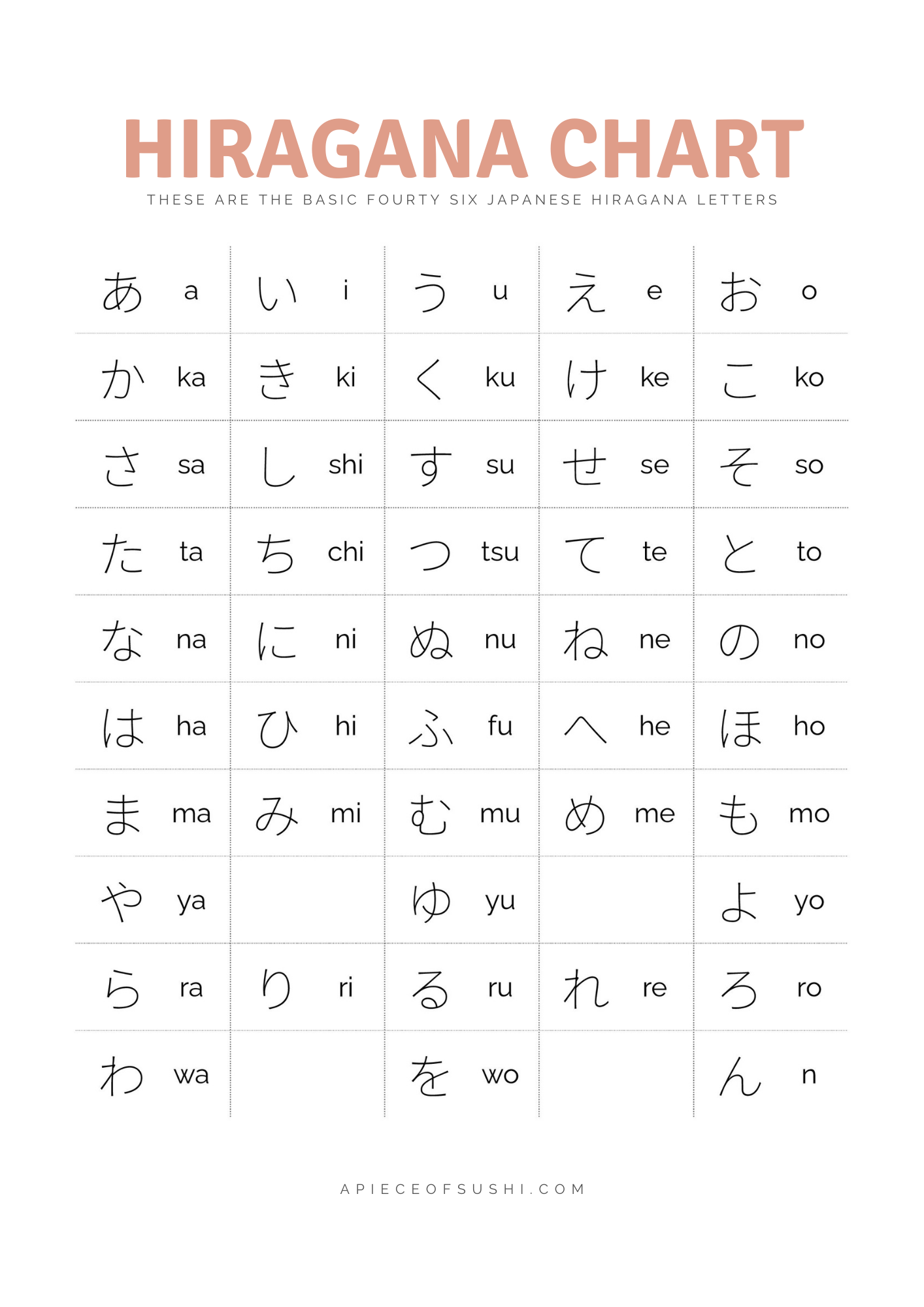
a) 5 Basic Japanese vowels
Let’s take a look at how to read 5 basic Japanese vowels, since a couple of those vowels sound different compared to English vowels.
Unlike English, which has 12 different vowel sounds, Japanese only has 5 vowels. They are written as あ(“a” as in father), い(“ee” as in feet), う(“oo” as in food), え(“e” as in pet), and お(“o” as in on). When they are written in Romaji, they are written as, a, i, u, e, o.
Notice the letter “a” is pronounced the same way as “father,” and “e” is pronounced as “eh” as in “pet” in Japanese. These pronunciation differences may be slightly confusing for English speakers, since “e” can also be pronounced as “ee” depending on what letter you connect the vowel before or after. Japanese “e” is always read as ‘eh” as in Pet; so if you find “ue” in Japanese lyrics, it won’t be pronounced as “oo-ee”*; it will be pronounced as (oo-eh). “Ue” means up or upward in Japanese*, and you may encounter this word a lot if you learn to sing Japanese songs.
This concept is covered in detail in my YouTube video below with narration from 1:04.
b) Consonants
Now, you know how to read 5 basic Japanese vowels. If you can sing Japanese songs only by learning how to read those vowels, that would be simple, but being able to read Romaji will need a little more effort.
Rest assured, since there are only 15 consonants in Japanese, and if you learn to combine those with 5 basic vowels, you can nearly speak or sing most of the Japanese syllables. Let’s take a look at one of the most popular anime songs, Neon Genesis Evangelion’s opening theme, as an example.
A Cruel Angel’s Thesis
Zankoku na tenshi no you ni
Shounen yo Shinwa ni nare
These are the first few lyrics of Neon Genesis Evangelion’s opening theme. If you just look at these letters, you may have difficulty understanding the correct pronunciations of those Japanese words. Let’s break down the very first syllable of this song. The consonant “z” is pronounced the same as English “z,” and if you combine this with a vowel “a,” it will sound as “za.” The next syllable only has a consonant “n.” As you may already know, almost all Japanese letters are a combination of vowels and consonants. Usually, every Japanese syllable has to end with a vowel sound. However, this “n” sound is the only exception. This ん “n” is the only letter in Japanese that can stand on its own without the help of vowels. This Japanese “N” is pronounced similar to English “NG.” You can make this sound by touching the belly of your tongue to the roof of your mouth, and saying “NG”. To hear this sound, please take a look at one of my videos below and go to **00:00** for reference.
![]()
When “o” and “u” Japanese vowels are combined when singing songs, most of the time, you will pronounce “O-,” which sounds the same as the English long-O vowel sound. In other words, even they are written as “ou,” you’ll need to omit the sound of “u” and sing “Oh” instead when those two vowels are combined. For example, if we go back to the opening theme of Evangelion:
Zankoku na tenshino [you] ni
If we use the basic Japanese vowel rules, it should sound “Yoh-oo” but native Japanese read this as “Yo-oh.”
2. Stressed syllables
If you speak English, stressed syllables when talking are very natural, but in Japanese, each syllable has the same length and duration. For example, when native Japanese say “thank you,” in Japanese, we say “a-ri-ga-to”ありがとう. However, many English speakers who are starting to learn Japanese would stress the “Ri” and “Ga” overly strong/strongly and say “Ah-REE-Gah!-to.”
These stressed and sustained syllables can sound very unnatural to the ears of native Japanese speakers, so if you have been learning Japanese, you might have learned not to stress words and speak monotone. However, unlike speech, singing involves pitch and melodies, so you are required to sustain or stress some Japanese syllables.
Let’s take a look at one of my favourite songs, “Sparkle by Radwimps,” as an example, from the movie Your name:
Sparkle
Mada kono sekai wa boku wo kainarashitetai mitai da
If Native Japanese speakers were to speak those words, they would speak each syllable with the same length and duration. However, in singing, these are pronounced as:
, , ,
“Ma-Da-KoNō-SeKā-i-wā
Notice some of the Japanese vowels are accented and also sustained when you sing. These accented pronunciations aren’t written in Romaji lyrics, so you need to listen to how the original artists sing them carefully.
![]()
Many times, it is quite challenging to learn a song in a different language. One of the best ways that you can try is to slow down the song. If you are on YouTube, you can go to Settings, then/> Playback Speed, then/> choose the time that you want. If you open YouTube on your browser, you can customize the speed more by clicking Custom at the top right corner of the Playback Speed screen.
Being able to listen and imitate the original singer is one of the most important skills that singers need to have, so this will help you train your ear. Most Japanese singers have their own way of pronouncing words and singing phrases, so you can start to mimic the way those singers sing Japanese songs so that you can use the same technique when you come across different songs.
3. Learn difficult Japanese pronunciations.
Since 80% of Japanese sounds are shared with English sounds, there is still 20% of Japanese pronunciations that sound different that English speakers tend to have trouble pronouncing.
One of the most well-known difficult Japanese pronunciations is the Japanese “R.” Sometimes, this Japanese “R” is referred to as R/L. This can be confusing for English speakers to understand how to pronounce syllables including this consonant. For Native Japanese speakers, this “Japanese R” is pronounced similar to the English “L.” However, the tongue position may be slightly different since the Japanese “R” makes this L-ish sound by using the hard palate and not the top posterior gumline. In the video below, Ko demonstrates how to enunciate the Japanese “R,” so please check it out if you are interested in hearing the actual sound. The bottom line would be to not pronounce this as an English “R” sound. Please find the detailed explanation from the link be starting from 6:37.
Another Japanese consonant that is typically challenging for English speakers is the “Tsu” sound. Often, Japanese beginners would pronounce this as “Zhu” or “Soo” since this sound does not exist in English. The best way to master this “Tsu” pronunciation is to learn them by separating the consonant and vowel. For the sound “Ts,” you can practice by saying the end of the English word “hits.” Practicing this closed, high hat-like sound may give you a clear understanding of how the “Ts” sound is pronounced. Then, combine it with the short vowel sound “U” (oo), and you can pronounce this “Tsu” sound clearly. Please see the video below if you are interested in hearing the actual “Tsu” sound pronounced by a native Japanese speaker. 0:52↓
4. Take lessons from a native Japanese vocal coach.
As you practice singing Japanese songs, it may be hard for you to tell if you are singing with the correct pronunciation or you are sounding natural. Many English-speaking v-tubers or YouTube cover singers have come to get help before their recording or live streams so they can sing with correct pronunciation and with the sound that suites the genre. Especially if you are new to singing in Japanese, it may be hard to decide what you need to do to get better at singing your favourite Japanese songs. Depending on the student’s vocal ability and cultural background, advice given by a professional vocal coach would differ greatly. Even when I teach Japanese students, I sometimes need to fix their pronunciation such as their vowels and consonants to make their tone sound better.
The best way to learn singing in Japanese is to get lessons from a native-Japanese, professional, vocal coach. By learning from a good teacher, not only can you learn correct Japanese pronunciation, but also, you can improve your range, tone, and flexibility of your voice, which is almost impossible just from taking Japanese-language classes. Also, when you learn from a good Japanese vocal coach, you can learn stylistic techniques that Japanese singers use to make their voices with a signature J-pop sound. Those techniques are currently only taught in Japan, but since not a lot of voice teachers in Japan can speak English, those secret techniques are not easily learned if you live outside of Japan. As mentioned above, even if you want to learn singing from a native Japanese vocal coach, it may be hard to find the right teacher who can speak English fluently.
At Ko Vocal Studio, we offer online lessons taught by a native Japanese vocal coach, Ko who can teach you how to sing Japanese songs in English. If you are interested in improving your singing in Japanese to the next level, we currently offer an online trial lesson, so please find the detail from the link below.
Learn more about our Online Japanese singing lessons
Thank you so much for reading this blog. I hope you’ve learned some new techniques to sing your favourite Japanese songs. If you have any questions about what we’ve covered here, or if there are any topics that you want me to cover in future blogs, please leave a comment below. Please don’t forget to check out our YouTube page which has videos that talk about the tips and tricks for learning to sing in Japanese. If you need help, we are always here to help you through our online voice lessons. All the best to your Japanese singing journey!

![[Blog] How to sing Japanese songs explained by Japanese Vocal Coach](https://kovocalstudio.com/wp-content/uploads/2021/12/Pink-and-Purple-Sporty-Gradient-Fitness-YouTube-Thumbnail-2.png)

